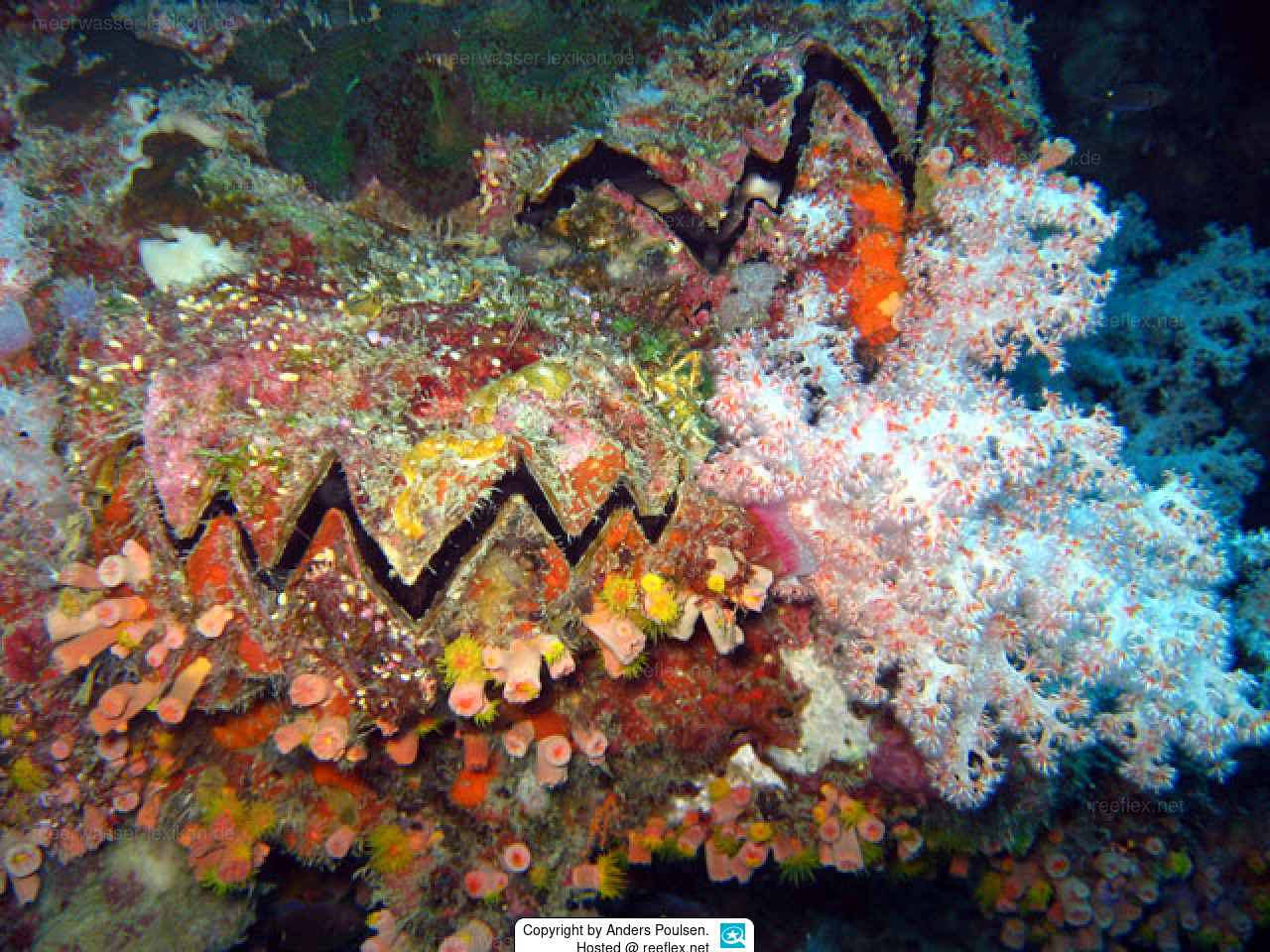Info
Hyotissa hyotis (Linnaeus, 1758)
The giant honeycomb oyster is a very large saltwater oyster. Its native range is in deeper water in the Indo-Pacific Ocean. It has however also been found recently as an accidentally introduced species in the Florida Keys.
Synonymised names:
Mytilus hyotis Linnaeus, 1758 (original combination)
Ostrea hyotis (Linnaeus, 1758)
Ostrea radiata Lamarck, 1819
Pycnodonta hyotis (Linnaeus, 1758)
Pycnodonte hyotis (Linnaeus, 1758)
The giant honeycomb oyster is a very large saltwater oyster. Its native range is in deeper water in the Indo-Pacific Ocean. It has however also been found recently as an accidentally introduced species in the Florida Keys.
Synonymised names:
Mytilus hyotis Linnaeus, 1758 (original combination)
Ostrea hyotis (Linnaeus, 1758)
Ostrea radiata Lamarck, 1819
Pycnodonta hyotis (Linnaeus, 1758)
Pycnodonte hyotis (Linnaeus, 1758)







 Anders Poulsen, Dänemark
Anders Poulsen, Dänemark








